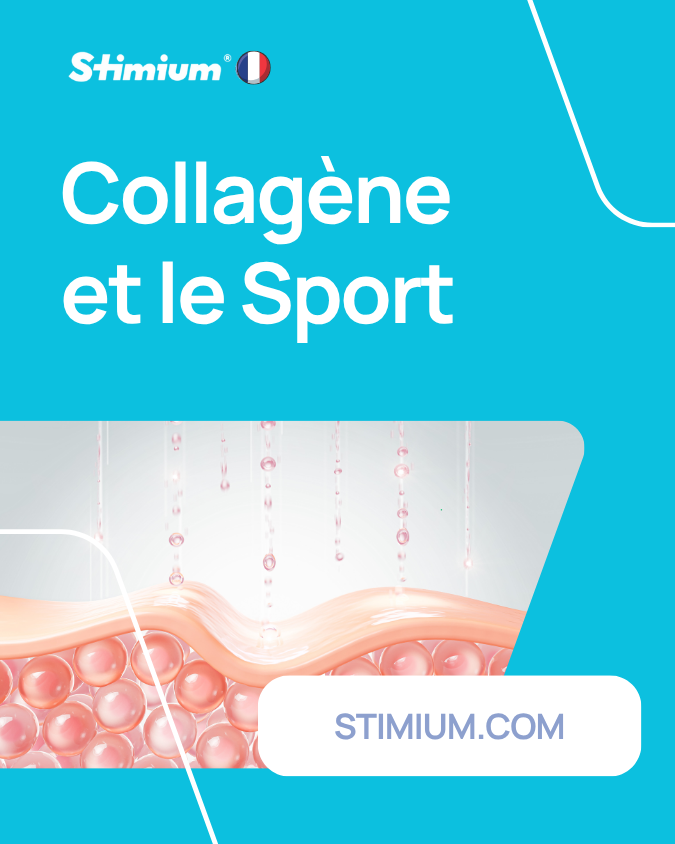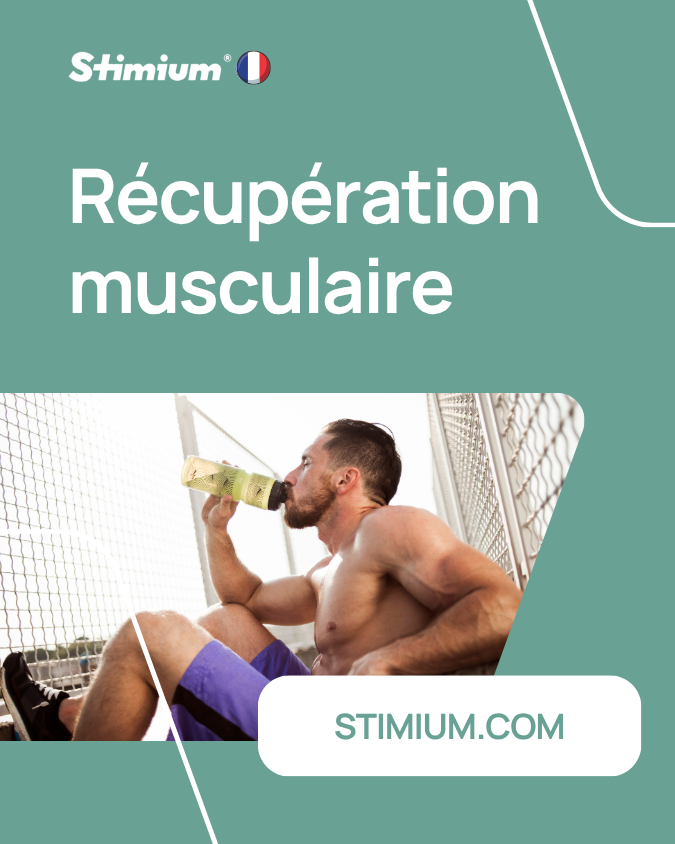Hydration for a cyclist
During physical effort, to produce movement, the human body will provide heat – and yes, this is also why when it is cold, we always recommend moving! This is also because we cool down more quickly while working while sitting on our PC at home or on home office days, because the absence of movement does not create body heat. You should know that only ¼ of the energy we produce is used for our motor capabilities, the remaining ¾ is produced in the form of heat, we are real heat pumps.
In order to avoid overheating the body, it will therefore activate different thermoregulation mechanisms, in particular the activation of perspiration. These water losses dehydrate the athlete, even if we are not all equal when it comes to this well-known phenomenon of sweating. This is first of all for this reason that it is necessary to hydrate the body by ingesting drinks during exercise but also after exercise. Indeed, dehydration is responsible for phenomena that alter the performance and health of athletes. For example, when an athlete is dehydrated, their reaction time increases and their physical performance is impacted. We must not forget that in the event of severe dehydration, there are significant health risks, sometimes irreversible, including death.
Thus, endurance exercise, for example cycling, requires so-called “aerobic” energy sources. When the cyclist pedals for several hours, he will mainly draw from two energy sources: lipids and carbohydrates, depending on the intensity and duration of the exercise. To simplify, the more intense the training or the race, the more carbohydrates the cyclist will consume to pedal, and the greater the proportion of lipids to produce the necessary energy can become. Since cyclists are generally perfectly trained, they have a stock of lipids that can meet their needs, which is not the case for carbohydrates. This is how you can see every July for example on the Tour de France, the ball of the "water carriers", the riders responsible for going down to the level of the sports directors' car, to bring up several cans a distribute to their teammates.
Carbohydrates are stored in the muscle, in the liver and circulate in the blood (remember, you have probably already tested your blood sugar level, which corresponds to the level of glucose present in your blood). Within an hour, during intense cycling exercise, available glycogen can be depleted. It is necessary to provide carbohydrates so that the blood supplies the muscle and/or the liver permanently or at intervals so as not to exhaust the stocks, or even to replenish them.
Several studies have demonstrated that the body cannot continue endurance exercise for more than an hour and thirty minutes without providing carbohydrates (below 1h30, water may be sufficient because the energy reserves will be sufficient to achieve this effort, but it will depend on each athlete's profile, some will need a contribution from the first hour passed). It is therefore necessary to provide carbohydrates, in particular through a drink composed of glucose. With the largest French professional club (men's, women's and handball football), we have developed a completely unique product, Stimium® Iso Carb , to replenish glycogen and protein sources, thanks to a protein isolate but also a glucose ratio. / very particular fructose.
Increasing the intensity of workouts will increase the rate at which carbohydrates are used to provide the necessary energy. If stores become depleted, the muscle will no longer be able to produce as much energy. In this case, the planned training may be less effective, or even stopped, because it is impossible to carry out. The rule is therefore to systematize a drink with carbohydrates for any intense training. It is in this sense that Stimium offers a perfectly balanced exercise drink, Stimium Boost Powder for a complete refill in the bottle with carbohydrates and vitamins.
Concerning the volumes, the volume of 500ml/h must be retained in normal weather conditions. In the case of a hot environment or significant difficulty (climbing mountain passes), this volume can be doubled, in particular. The recommended carbohydrate content is 30 to 60g per hour, you should not go beyond 60g/h at the risk of having certain gastrointestinal problems (this is one of the reasons, for example, for the mixed success of gels which are generally based on too high carbohydrate concentrations, and this explains the success of Stimium® Boost and Stimium® Pro-Nrj Gums for the immediate energy they provide without any effect at the intestinal level, and the ease of their consumption.
It is also desirable to opt for iso or hypotonic drinks: the water diffuses from the least concentrated compartment to the most concentrated to dilute the compartment and reach a state of equilibrium on either side of the membrane. cellular. The drink can thus be hypertonic (>280 mOsm/kg), hypotonic (<280 mOsm/kg) or isotonic (280 mOsm/kg). Iso or hypotonic drinks will therefore promote water absorption. This characteristic is explained by the concentration of active particles in the drink. For our part, at Stimium , we have chosen isotonic drinks, while enriching them with ginseng and/or guarana, to provide additional benefit, with Stimium® Rgn3 Reload or Stimium® Rgn3 Clean-Up .
Finally, never forget that recovery is part of training. If you have to hydrate during training or a “long” competition (as we did beyond 1 hour/1 hour 30 minutes), whatever your level, your age or your ambitions, you must also hydrate over the period post-exercise, to rehydrate the body, provide mineral salts, trace elements, carbohydrates and proteins. It is once again difficult to give a "general" dosage because each organism is different, but it is usually recommended an intake of 1g of carbohydrates per kilo of body weight and per hour of practice and around 15g of proteins per hour. This would therefore give a simple illustration for a 60 kg cyclist having completed an intense 2 hour workout an intake of 120g of carbohydrates and 30g of proteins.
Cyclists are among the most cutting-edge athletes when it comes to nutrition and hydration. They are therefore an example to follow for other athletes, to understand the importance of listening to your body, respecting supplementation ranges, drinking technique (never long sips), the types of drink to take according to the type of effort made and the time of use (before, during or after an outing). This is also why Stimium collaborates with many professional cycling teams, which is good for a cyclist, will most likely be good for other endurance sports.







